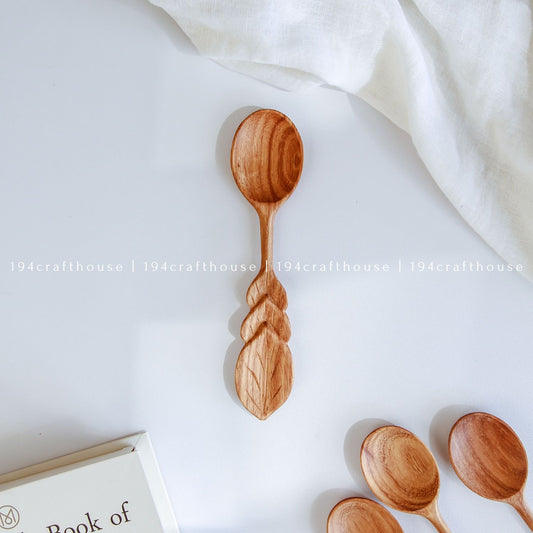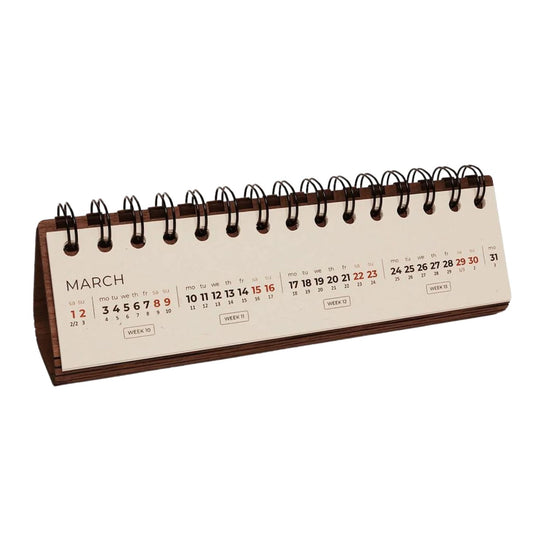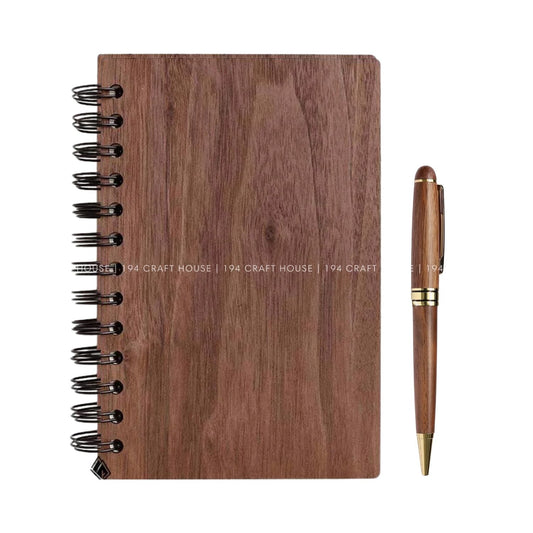The humble spoon and fork are indispensable tools in our daily lives, but have you ever wondered about their origins? Who were the ingenious individuals who first conceived of these utensils that we often take for granted? In this exploration, we delve into the fascinating history of the spoon and fork, tracing their evolution from ancient times to the modern era.
The Ancient Origins of the Spoon
According to Wikipedia, the spoon's origins can be traced back to ancient civilizations, where it served as a fundamental eating utensil. Archaeological excavations have unearthed spoon-like objects made from various materials, including shells, wood, and even animal horns, dating back to prehistoric times. These early spoons were likely used for scooping and consuming liquids and soft foods.
In ancient Egypt, spoons were crafted from materials such as ivory and precious metals, highlighting their significance in dining rituals and ceremonies. Similarly, ancient Mesopotamian and Greek cultures also used spoons made from materials like bronze and silver, showcasing the widespread adoption of this essential utensil across different civilizations.
 Spoon engraved in reindeer antler, Magdalenian c. 17,000 – c. 12,000 BCE
Spoon engraved in reindeer antler, Magdalenian c. 17,000 – c. 12,000 BCE
The Evolution of the Fork
Unlike the spoon, the fork's journey to becoming a common dining utensil was more gradual. Early forks were primarily used for cooking or serving rather than eating, with archaeological evidence suggesting their existence in ancient civilizations such as ancient Egypt and China. These early forks typically had two or more prongs and were made from materials like bronze or bone. - Wikipedia
 Bronze forks made in Persia during the 8th or 9th century
Bronze forks made in Persia during the 8th or 9th century
The fork's role as an eating utensil began to evolve in medieval Europe, where it gained popularity among the nobility as a symbol of refinement and sophistication. By the Renaissance period, forks with multiple prongs and decorative designs became fashionable dining accessories among the aristocracy. However, the fork's adoption as a widespread dining utensil took time, with different cultures and regions embracing its use at varying rates.
Innovations and Adaptations
Over the centuries, the spoon and fork continued to undergo innovations and adaptations to meet the changing needs and preferences of societies around the world. In Asia, for example, the use of chopsticks became prevalent alongside traditional spoon usage, offering an alternative utensil for consuming food.
In the Western world, the Industrial Revolution brought about advancements in utensil production, leading to the mass production of spoons and forks from materials such as stainless steel. These affordable and durable utensils became household staples, accessible to people of all social classes.
Read this article: 194+ Different Types Of Spoons and Theirs Use With Image
Modern-Day Significance
Today, the spoon and fork remain essential tools in our daily lives, used for everything from eating meals to cooking and serving food. While their designs may have evolved over time, their fundamental purpose remains unchanged: to facilitate the consumption of food conveniently and efficiently.
In addition to their practical function, spoons and forks also hold cultural and symbolic significance in various societies. From ceremonial spoons used in religious rituals to intricately designed forks displayed as heirlooms, these utensils often carry stories and traditions passed down through generations.
Read this article: The best unique handmade spoon and fork collection of 194 Craft House
Conclusion
The invention of the spoon and fork represents a testament to human ingenuity and creativity throughout history. From their humble beginnings in ancient civilizations to their widespread use in the modern world, these utensils have played vital roles in shaping how we eat and interact with food. As we continue to embrace new culinary trends and innovations, let us not forget the timeless legacy of the spoon and fork, two simple yet indispensable tools that have stood the test of time.








